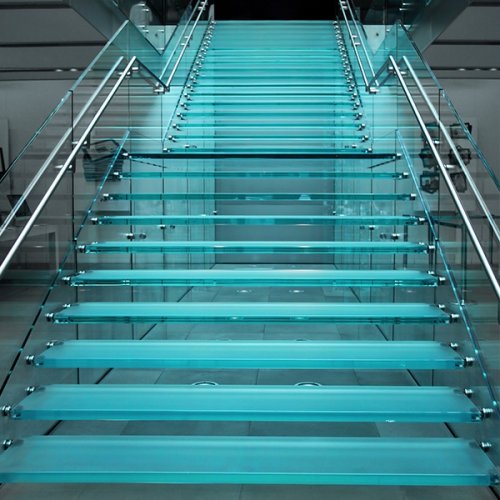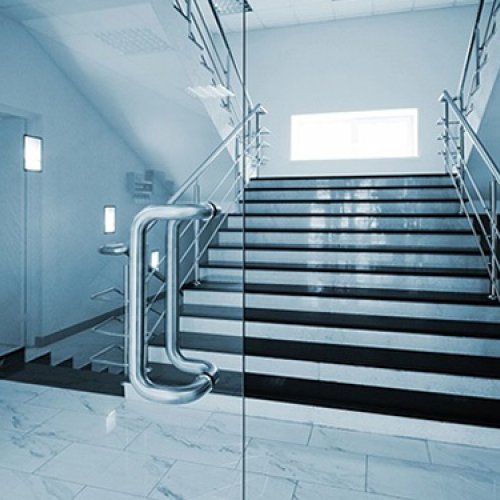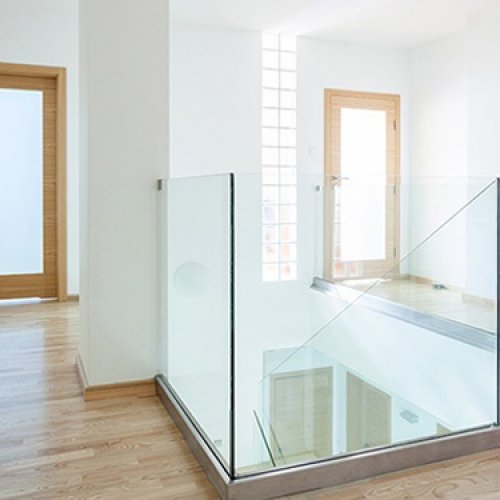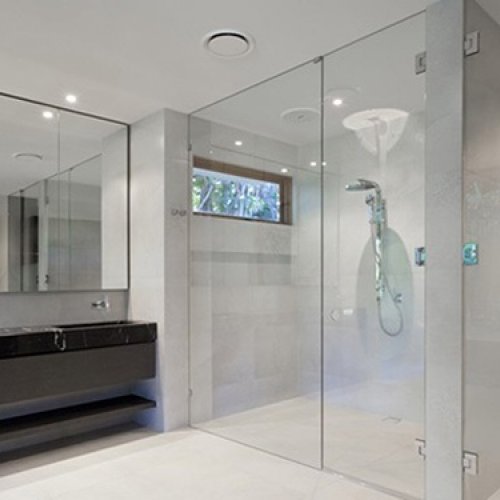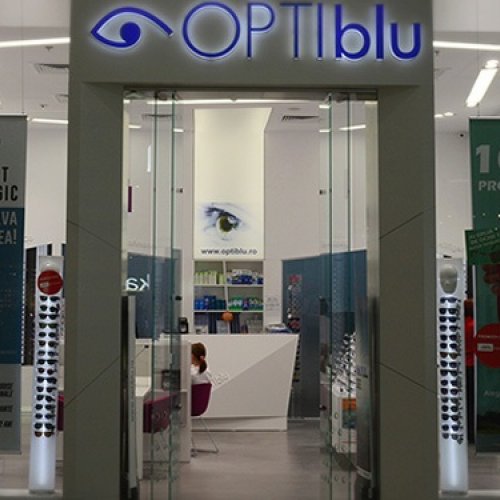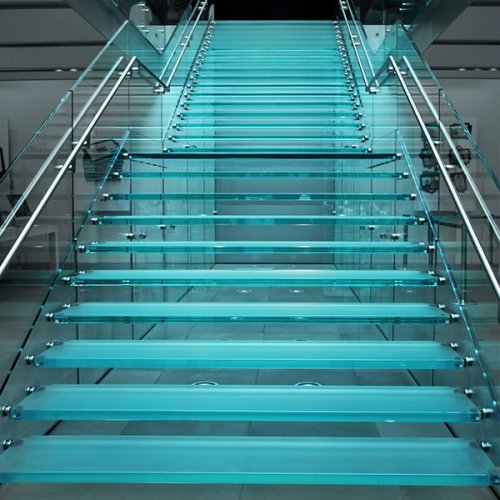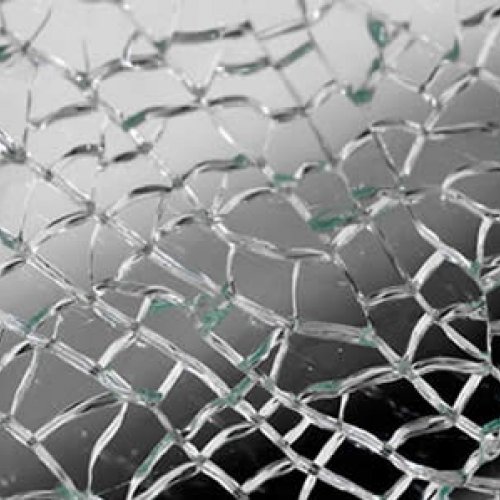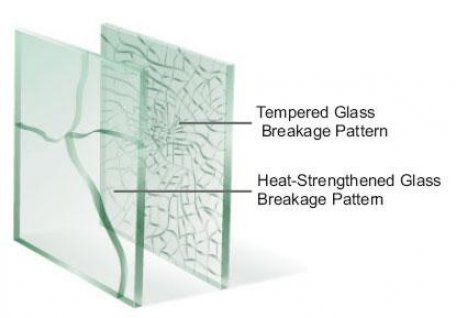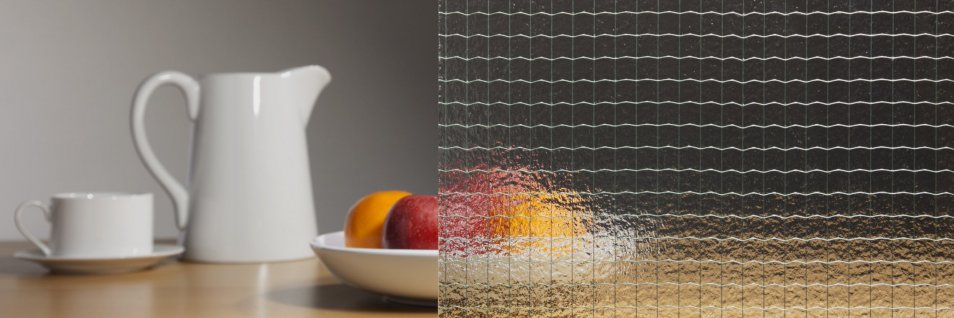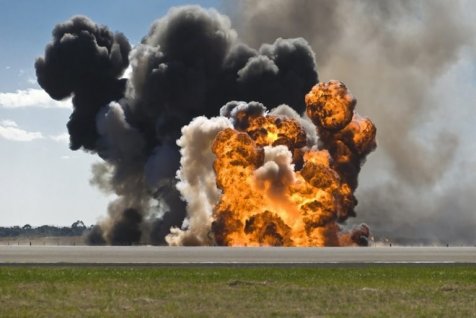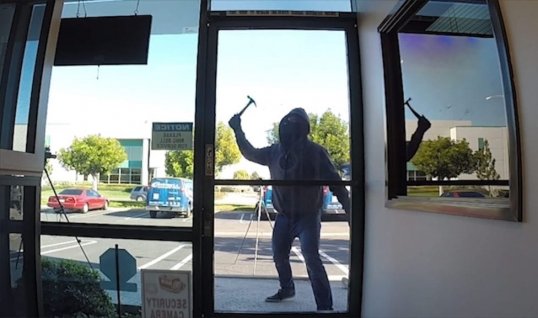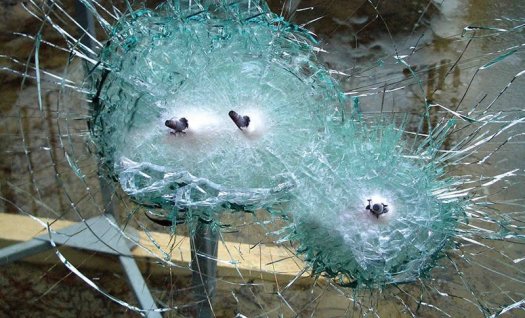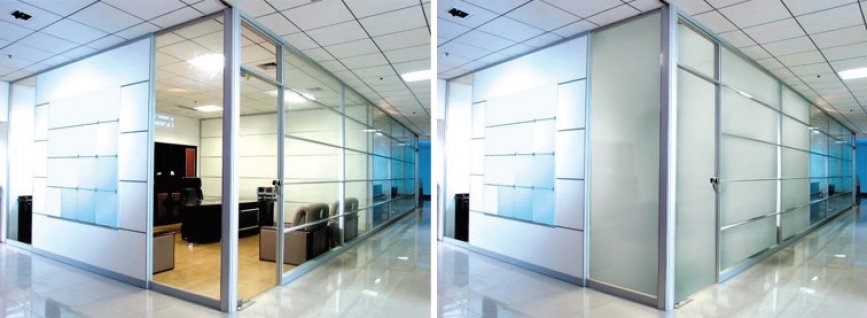The first historical reference to tempered glass is made in the 9th century AD where it is described as "unbreakable glass". In this first stage it was understood that it was possible to increase the hardness of the glass, while it was still hot, it was immersed in a container of oil.
Similarly, the infamous "Prince Rupert drops" were created when in the 12th century they dropped droplets of hot glass into cold water. The result was a piece of glass in the shape of a drop whose head was too hard ears to withstand repeated hammer blows. However, if one managed to remove the thin "tail" of the drop, then with a whole piece of glass it exploded, releasing impressive amounts of energy.
This phenomenon is due to the fact that the external problem of the glass drop solidified immediately upon contact with water and it shrinks instantly, while it was not yet hot the core remains for some extra time in a semi-liquid form as it cools at a slower rate. Therefore after complete cooling, the center is subject to a constant voltage and pulls inward into the external problem which is under compression.
When no one breaks the tail, then the tension is released which dissolves the compressed outer surface.
In 1879 the method was improved when De La Bastie used for the controlled rapid cooling of a mixture of wood and linseed oil where the final result was closer to the current "heat-strengthened (heat-enhanced)" than to the "hardened (tight)" glass.
This method, of course, presented and faced serious problems in the formulation of the final product, which had led to the elimination of Siemens by cooling the glass between 2 levels of metal surfaces.
Finally in 1928 Reunies des Glaces discovered the vertical electric glass curing oven, where large pieces of glass could be cured with minimal molding.
The company Pilkington followed very quickly with the method of cooling, normalizing large amounts of cold air at the same time on both sides of the glass, a method that is generally used until today.
ADVANTAGES
When someone is looking for safety windows one will be faced with the dilemma of the 2 types available in the market types to use: The TRIPLEX technology, or the SECURIT technology (Tempered)?
The final choice is based on the special characteristics of these 2 categories of safety glass and in no case can one better characterize one or the other type.
We must also make it clear that in terms of human safety both solutions are equally safe in the sense that, when the glass is broken, neither of the 2 types of glass will injure those present.
The problem is similar to what one faces when buying a car and being asked to choose between some safety equipment. The car industry has invested with a different philosophy in the field of "safety", where progress is great and has not made many different accessories. Some of them such as seat belts, airbags, deformation controlled belts and bumpers focus on what will happen AFTER the crash. But others, such as ABS, ventilated disc brakes, air intakes, braking systems and automatic / preventive braking systems focus on NOT crashing.
If they asked any of us who would prefer to invest their money the spontaneous answer would be "in both"! But if they were asked to choose then most would choose to invest their money in NOT to crash.
The same goes for safety glass.
Tempered glass (Securit) focuses on the huge resistance against abrasion (400% more durable than the common ones), thus offering "active" safety. In other words, they try to completely prevent the unpleasant consequences from the failure (breaking) of a glass. Imagine for example the consequences of breaking the glass in the following cases:
- Diving masks.
- Aircraft glass.
- Submarine windows.
- Aquariums.
- Stairs.
- Floors at a distance from the ground.
- Window panes in the middle of a storm.
- Skylights of tall buildings without balconies or cantilevers, etc.
In all these (and countless others) cases it is obvious that the use of securit safety glass is appropriate.
Tempered glasses (securit) show some special properties in addition to those of common glazing:
- They show 4 to 5 times increased mechanical strength, compared to the same thickness of common float glass.
- In case the fracture limit is exceeded, then they are crushed into small pieces, harmless for the physical integrity.
- They are very resistant to temperature changes (up to 290°C), which makes them invulnerable to heat shock (from non-artificial means).
All the chemical properties as well as most of the physical characteristics of the glass remain unchanged after its heat treatment. Thus, thermal conductivity, light reflection / permeability, energy absorption / reflection / permeability, surface expansion, elasticity index, sound insulation and weight remain the same.
However some other features change dramatically for the better such as:
- Impact resistance of deformable objects (human body) (+ 400%)
- Tensile strength (+ 300% from common float glass)
- Resistance to temperature differences (+ 500% from common float glass)
The properties of tempered glasses (securit) make them ideal in many categories of applications, the main of which are:
Safety applications for Tempered Glass
Wherever there is an issue of security of persons, goods or property e.g.
- Means of transport (windshields of cars, planes, trains, windows of ships, submarines, spaceships, helicopters, etc.).
- Geotransmitters, Agricultural and lifting machinery.
- Floors and stairs.
- Shop windows.
- Terraces.
- Shelters.
- Frameless showers.
- Point support glass curtains.
- Folding doors
- Doors without frames.
- Balconies, parapet (always in combination with additional triplex treatment if there is no support frame).
- Temperature resistance applications
Temperature resistance applications
- Home and professional appliances (ovens, microwaves, TVs, grills, refrigerators, freezers, etc.).
- Heating appliances, such as stoves, fireplaces, etc.
- High energy absorption glass curtains.
- Glazing which is covered by dark curtain blinds or stickers.
High mechanical strength applications
- Greenhouses.
- Solar heat accumulators.
- Photovoltaics.
- Doors without frames.
- Any application requires point support of the glass.
- Showcases of works of art.


